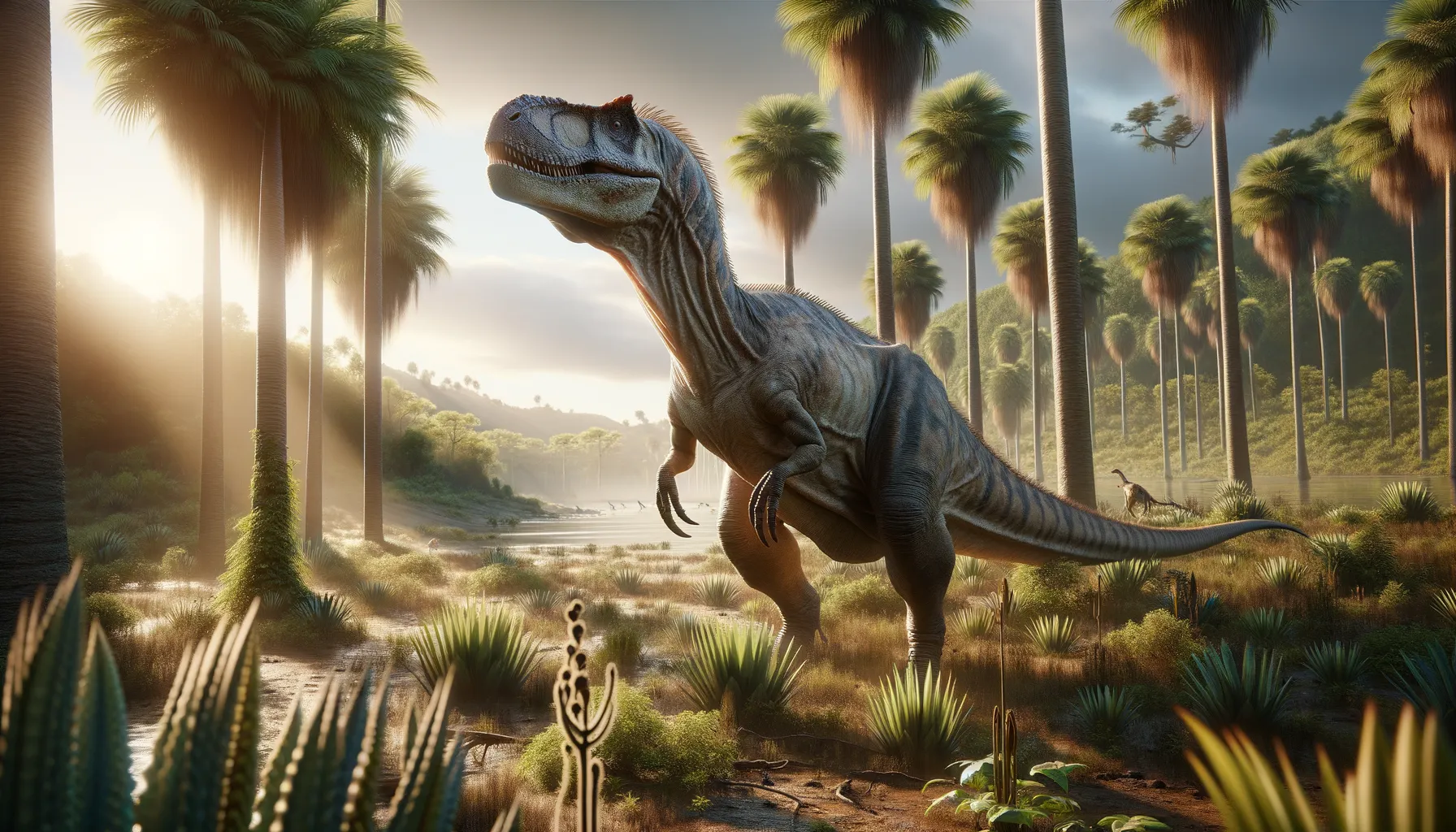
Parksosaurus
Agile herbivore of the Late Cretaceous!
Period
Cretaceous
Length
About 2.5 meters long.
Height
Approximately 1 meter tall.
Weight
Around 32 to 45 kilograms.
Parksosaurus was a small bipedal herbivore that lived during the Late Cretaceous period. It was named after the Canadian paleontologist William Parks. Known for its agile and swift nature, this dinosaur was well-adapted to a life of quick movements, likely using its speed to escape from predators. Although it was small in stature, it played a significant role in its ecosystem as a grazer of low-lying vegetation.
Diet
Parksosaurus was a herbivore, feeding primarily on low-lying plants and vegetation. Its small stature allowed it to browse on various shrubs, ferns, and possibly certain fruits available in its environment.
Hunting
Being a herbivore, Parksosaurus did not hunt for prey. Instead, it foraged for food, using its keen sense of smell and sight to locate edible plants. Its beak-like mouth was well-suited for clipping vegetation.
Environmental challenges
Parksosaurus lived in a period of significant climatic changes which affected available resources. Competition for food with other herbivores was a constant challenge. Predatory dinosaurs posed a continual threat, requiring vigilance and agility for successful evasion.
Speed
Parksosaurus was likely a fast runner.
Lifespan
Estimated to live between 15 to 25 years.
First discovery
Discovered in 1926 in North America.
Fun Facts
- Parksosaurus was a small, plant-eating dinosaur that lived during the Late Cretaceous period, around 76 to 74 million years ago.
- It was named after the Canadian paleontologist William Parks, who described the species in 1926.
- Parksosaurus was about 8 feet long, making it roughly the size of a large dog.
- Despite its small size, Parksosaurus had strong, powerful legs, suggesting it was a fast runner, possibly using speed to escape predators.
- This dinosaur is thought to have been a biped, walking on two legs, similar to modern kangaroos.
- Fossils of Parksosaurus have mostly been found in Canada, specifically in the province of Alberta.
- The remains of Parksosaurus are relatively rare, making each new discovery important for understanding more about this unique dinosaur.
Growth and Development
Parksosaurus underwent a standard growth trajectory common among small dinosaurs, growing rapidly from juvenile to adult size. Bones show signs of quick growth early on, which slowed as it reached maturity. Such growth patterns suggest a strategy of reaching maturity quickly to decrease vulnerability to predators.
Habitat
This dinosaur lived in diverse environments, from forests to riverbanks. It preferred habitats with ample vegetation to sustain its diet. Seasonal changes might have prompted migrations to areas with richer food supplies.
Interaction with other species
Parksosaurus shared its habitat with a variety of dinosaurs, including large herbivores and fearsome predators. It likely had to be cautious around carnivorous species. Interactions with other herbivores were likely centered around competition for resources.
Natural lifespan
Typically lived up to 25 years if avoiding predation.
Reproduction
As with most dinosaurs of its size, Parksosaurus likely laid eggs in clutches. Nesting behavior possibly included selecting safe areas away from predators. Parental care is still speculative, though some dinosaurs of its era exhibited such behavior.
Social behaviour
Parksosaurus may have lived solitarily or in small groups, especially during foraging to minimize predator attention. Social interaction was likely limited, though mate selection and reproduction required some level of social behavior.
Fossil locations
Fossils have been predominantly located in Alberta, Canada. These sites provide insight into the diversity of species in North America during the Late Cretaceous. Fossilized remains help paleontologists understand more about the ecosystems of that time.
